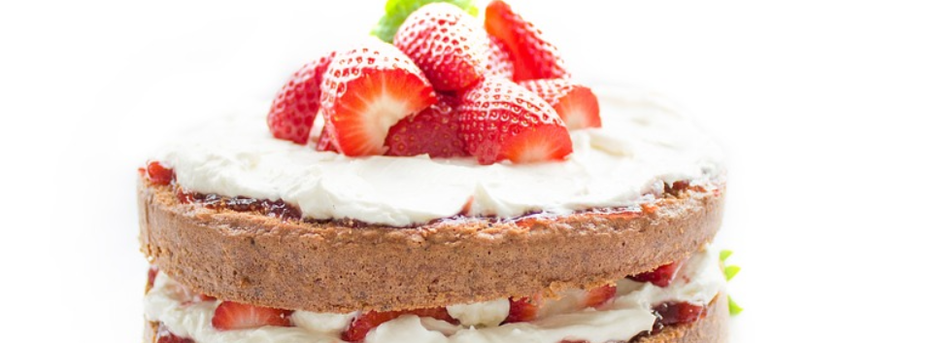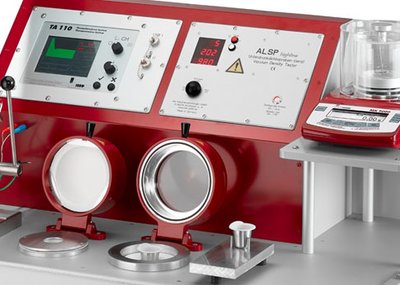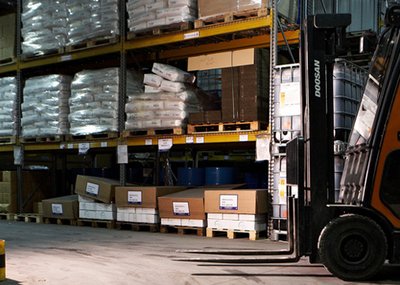Andrew Tagg, Technical Manager at John Winter, gives his tips for producing the perfect casting.
Every foundry aims to produce the perfect casting and, with a range of different processes and components in the mix, it can be difficult to achieve. So here are some useful tips to get foundries on the road to reaching this goal.
Try to keep the process as simple as possible, by applying the basic process controls and be consistent. It’s just like baking a cake…
1. Weigh and volumetrically measure your ingredients. The first step in baking a cake is weighing and measuring your ingredients, so with castings you should do exactly the same with your pig iron, steel, carbon, ferroalloys, resins and catalysts.
2. Control and follow the relevant procedures during preparation and the mixing process. As we would mix our butter with sugar, add our eggs one at a time with flour and mix together, we regularly calibrate resins and catalysts and maintain mixing equipment.
3. Control the temperature and time for the process. Just like selecting our oven temperature and length of time the cake will be in oven, we should check metal and sand binder temperatures, set pour times and identify mixing and mulling times.
4. Use proven and quality-approved materials. You wouldn’t bake a cake with bad eggs or sour milk, so ensure you’re always using quality materials from approved suppliers. Store them in dry areas as per the instructions and rotate stock to ensure your supplies are always fresh.
5. Use the correct equipment. Equipment is an important component in both baking and casting. In baking it’s your baking trays and sieves, and with castings it’s all about routinely maintaining and inspecting patterns and core boxes, using release agents and cleaning your ladles, to ensure you’re working with the very best equipment.
6. Monitor the process and inspect during manufacture. To check your cake is ready, you simply open the oven door at intervals during cooking and measure the hardness of the top. In a foundry you should inspect the pouring temperature and test the hardness and strength of moulds and cores, as well as dimensional capability.
7. Inspect the final product. Is the cake light? How does it look and taste? You should inspect your casting, test the final product and look at your data to diagnose defects. As with baking, you should always adjust your process to ensure perfection.
Remember that foundry work is not a black art, it’s a science and, therefore, a complex process. High quality can only be achieved through consistent practices, process controls and proper instructions and training of the operators. Great cake makers have received excellent hands-on training, so why wouldn’t we expect a similar situation to produce high-quality castings.
Always be prepared to ask and be open to new ideas and advice. No one knows everything and we can always learn. I’m sure that’s the case with the winners of the Great British Bake Off!









